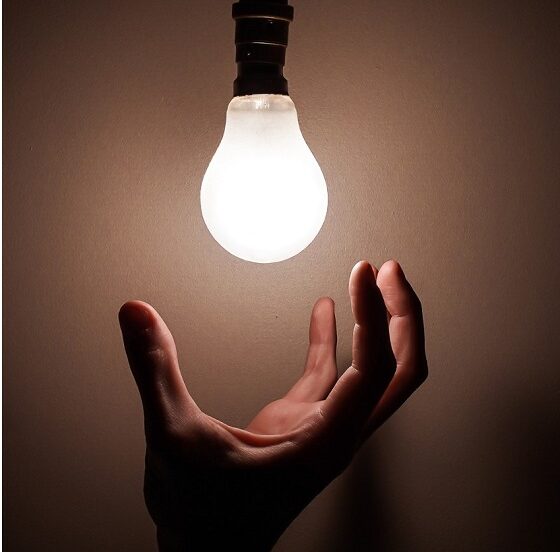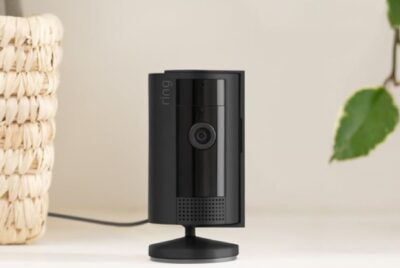Light Socket Security Cameras
Home security solutions have evolved significantly with the advancement of technology, and one intriguing option gaining popularity is light socket security cameras. In this article, I will walk you through the different types of these cameras, highlighting their unique features, pros, and cons, to help you make an informed decision. Let’s shed some light on this innovative home security solution.
Types of Light Socket Security Cameras
There are primarily three types of light socket security cameras available in the market, each with its distinct design and functionality.
Integrated Light Socket Cameras
Integrated light socket cameras combine the regular light socket and surveillance camera into a single device. They are easy to install, replacing your existing light bulbs, and offer discreet monitoring without drawing attention.
Pros:
- Seamless integration with the lighting infrastructure
- Discreet surveillance without extra clutter
- Some models offer smart features like voice control and mobile app support.
Cons:
- Limited field of view due to fixed positioning
- Might not be suitable for large spaces
Recommended Use Cases: Monitoring specific areas like entryways, porches, or garages.
Bulb-Shape Cameras
Bulb-shape cameras resemble regular LED bulbs but come with built-in cameras. They fit into standard light sockets and provide 360-degree coverage, eliminating blind spots. Consider the best light bulb security cameras.
Pros:
- Wide-angle coverage for comprehensive monitoring
- Easy installation and compatibility with standard sockets
- Some models offer two-way audio communication.
Cons:
- Higher chance of being noticed as a camera
- May not be suitable for outdoor use in extreme weather conditions
Recommended Use Cases: Monitoring larger indoor spaces like living rooms or common areas.
Adapter-Type Cameras
Adapter-type light socket cameras are separate devices that act as an intermediary between the light socket and the light bulb. They provide flexibility in choosing the type of camera and bulb combination.
Pros:
- Allows the use of various camera and light bulb combinations
- Upgrading the camera without changing the light fixture is possible.
Cons:
- Slightly more complicated setup compared to integrated cameras
- Some adapters may not fit all light fixtures.
Recommended Use Cases: Customizing the camera and bulb combination to suit specific needs.
Factors to Consider Before Buying
Before investing in a light socket security camera, consider the following factors to ensure the best match for your requirements.
Compatibility with Existing Light Fixtures: Check the camera’s compatibility with your current light fixtures. Integrated cameras and bulb-shape cameras are generally straightforward to install since they fit into standard sockets. Adapter-type cameras require careful consideration of compatibility.
Resolution and Image Quality: Opt for cameras with higher resolution and image quality to ensure clear and detailed footage.
Connectivity Options: Look for cameras that support Wi-Fi or Bluetooth connectivity, allowing you to access live feeds and recordings remotely.
Motion Detection and Night Vision Capabilities: Choose cameras equipped with motion sensors and night vision for enhanced security during low-light conditions.
Storage Options: Decide between cloud-based storage or local storage options based on your preference and budget.
Setting Up Your Light Socket Security Camera
Setting up your light socket security camera is a relatively simple process:
- Turn off the power: Before installation, turn off the power supply to the light socket to ensure safety.
- Remove existing bulbs (for integrated and bulb-shape cameras): Unscrew your old bulbs and replace them with the light socket cameras.
- Install the camera adapter (for adapter-type cameras): Screw in the adapter first, and then attach the camera and bulb accordingly.
- Power on and configure: Turn the power back on and follow the manufacturer’s instructions to configure the camera.
Advantages of Light Socket Security Cameras
Light socket security cameras offer several advantages over traditional standalone cameras:
- Seamless Integration with Lighting Infrastructure: Light socket cameras blend in with your existing lighting setup, making them inconspicuous and less prone to tampering.
- Discreet Surveillance: Due to their design, these cameras are less noticeable, enabling covert monitoring without raising suspicion.
- Cost-Effectiveness: Integrated light socket cameras eliminate the need for separate light fixtures and cameras, resulting in cost savings.
Limitations of Light Socket Security Cameras
While light socket cameras are innovative, they do come with certain limitations:
- Restricted Field of View: Integrated and bulb-shape cameras may have limited angles, making them less suitable for monitoring large areas.
- Dependency on Existing Light Fixtures: These cameras rely on the presence of light sockets, which may not be strategically placed for ideal surveillance.
Best Practices for Light Socket Security Camera Placement
Follow these best practices to optimize the performance of your light socket security camera:
- Optimal Placement Locations: Position cameras in areas with a clear line of sight to maximize coverage and visibility.
- Avoiding Common Mistakes: Avoid placing cameras too high or too low, as it may hinder their effectiveness.
Enhancing Security with Smart Light Socket Cameras
For added convenience and functionality, consider integrating your light socket cameras with smart home systems. This enables automation, remote monitoring, and integration with other smart devices.
Personal Experiences and Recommendations
From my personal experience as a home security enthusiast, I found integrated light socket cameras to be the most practical choice for outdoor areas, such as the front porch or garage. They seamlessly blend in with existing fixtures, offering discreet surveillance without compromising on image quality. For larger indoor spaces, like living rooms or common areas, bulb-shape cameras provide excellent 360-degree coverage. However, I recommend adapter-type cameras for those who wish to customize their camera and bulb combinations based on specific needs.
Conclusion
Light socket security cameras present a unique and efficient approach to home surveillance. Their ability to integrate with existing lighting infrastructure and discreetly monitor spaces makes them a popular choice for modern homeowners. However, it’s essential to consider individual preferences, compatibility, and use cases before making a decision. By following the best practices and recommendations in this guide, you can enhance the security of your home effectively and with ease.
FAQs
- Can I use light socket security cameras outdoors?
Yes, many light socket cameras are designed for outdoor use, but it’s essential to check their weather resistance ratings. - Do light socket cameras work with all types of light fixtures?
While integrated and bulb-shape cameras fit into standard sockets, adapter-type cameras may have compatibility limitations. - Is night vision important for light socket cameras?
Yes, night vision is crucial for 24/7 surveillance, especially in low-light conditions. - Can I access the camera feed remotely?
Yes, most light socket cameras support remote access via mobile apps or web browsers. - What’s the average lifespan of these cameras?
The lifespan varies depending on the brand and model, but with proper maintenance, they can last several years.




